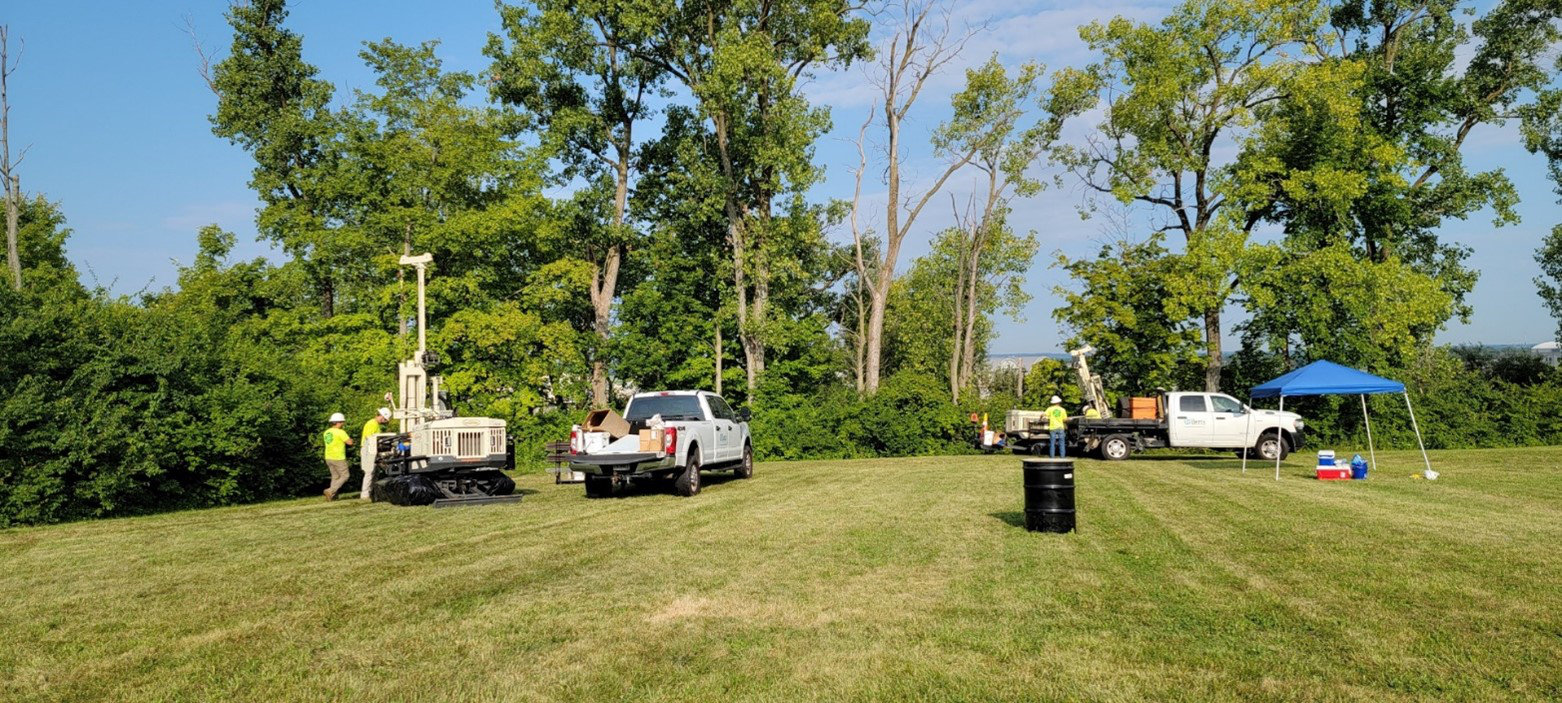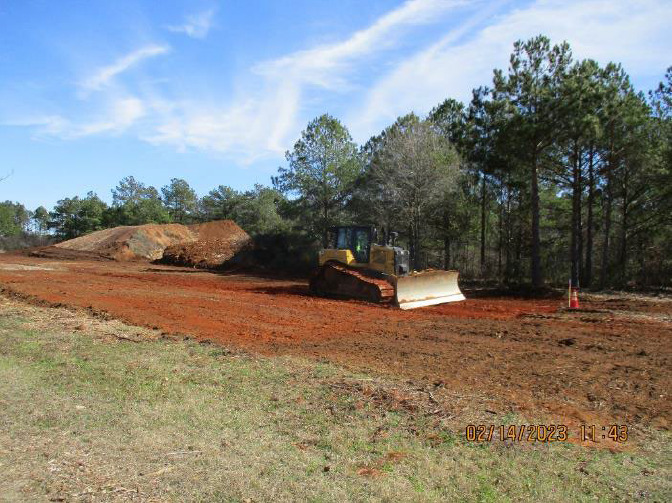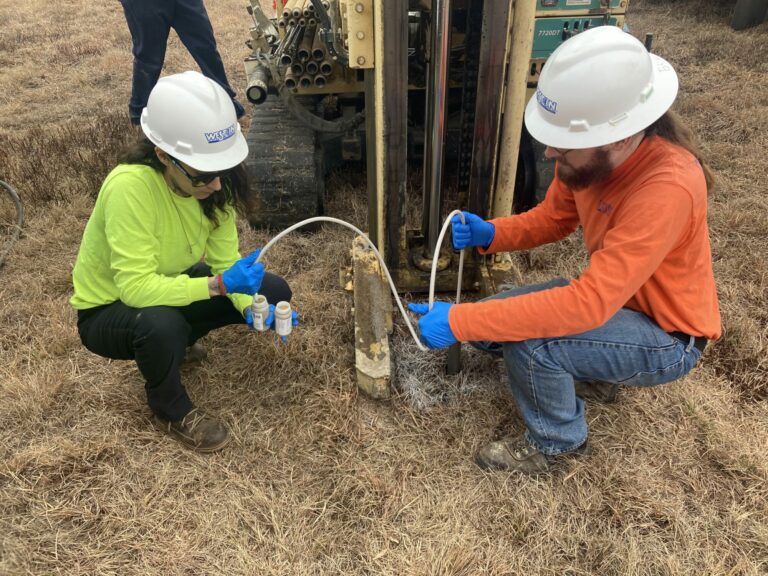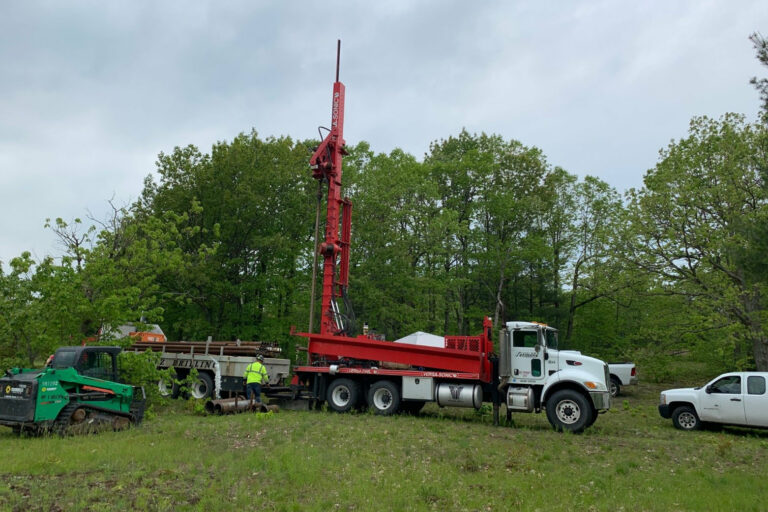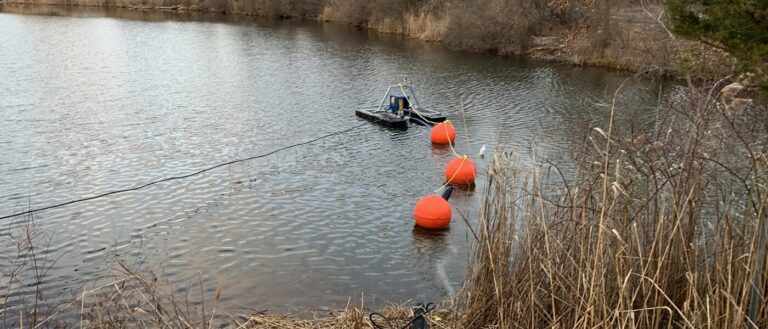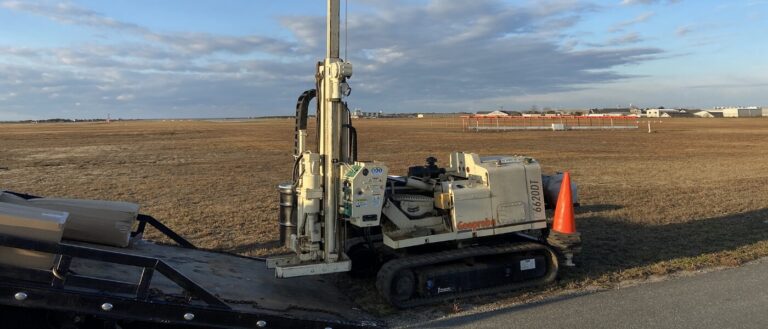PFAS in multiple media contributed to on- and off-base groundwater plumes in a complex aquifer system, requiring the Air Force base and the City of Dayton to seek alternative drinking water sources. USACE Omaha District contracted Weston-ER Federal Services, LLC to perform Data Gap Investigations, develop streamlined Engineering Evaluations/Cost Analyses, conduct a treatability study including the design-build of a groundwater extraction and treatment system and PFAS removal system. Past releases of aqueous film-forming foam -containing PFAS) at National Priorities List-registered Wright-Patterson Air Force Base impacted two sites, Area 1 and Area 21 equaling a combined 20 acres
Our team mobilized to the site within 72 hours of award to begin site reconnaissance, procurement of long-lead items, and siting and permitting activities. The Data Gap Investigations, at Area 1 and Area 21 involved using direct push technology (DPT) and Rotosonic rigs to drill and install soil borings, monitoring wells, and extraction wells up to 30 ft below ground surface (bgs). Field personnel collected more than 400 multimedia samples to provide validated data.
Laboratory analysis indicated PFAS exceedances migrating downgradient and potentially impacting the municipal water supply and recreational sources. Based on bench study results, Weston-ER designed and implemented a 6-month pilot study, including biofouling reduction measures, to assess two pretreatment and three primary treatment media for PFAS removal. Ultimately, the team selected passive filtration basins using organoclay for surface water capture, groundwater extraction, and on-site discharge of treated water to the existing drainage system.
This innovative system can be implemented at a lower cost and faster than a traditional pump-and-treat system, providing cost-effective scalability and a relatively short construction period. With proper long-term operations and maintenance, it will protect against biofouling typically associated with surface water treatment, permanently remove PFAS from captured surface water and extracted groundwater, and transfer PFAS to the organoclay for either destruction or disposal. Currently, the system is in the final stages of CERCLA approval, and construction is underway. Recent on-site work consisted of completing a 420-ft-long, 30-ft-deep extraction trench to intercept PFAS-impacted groundwater and prevent migration toward the City of Dayton’s drinking water supply.
